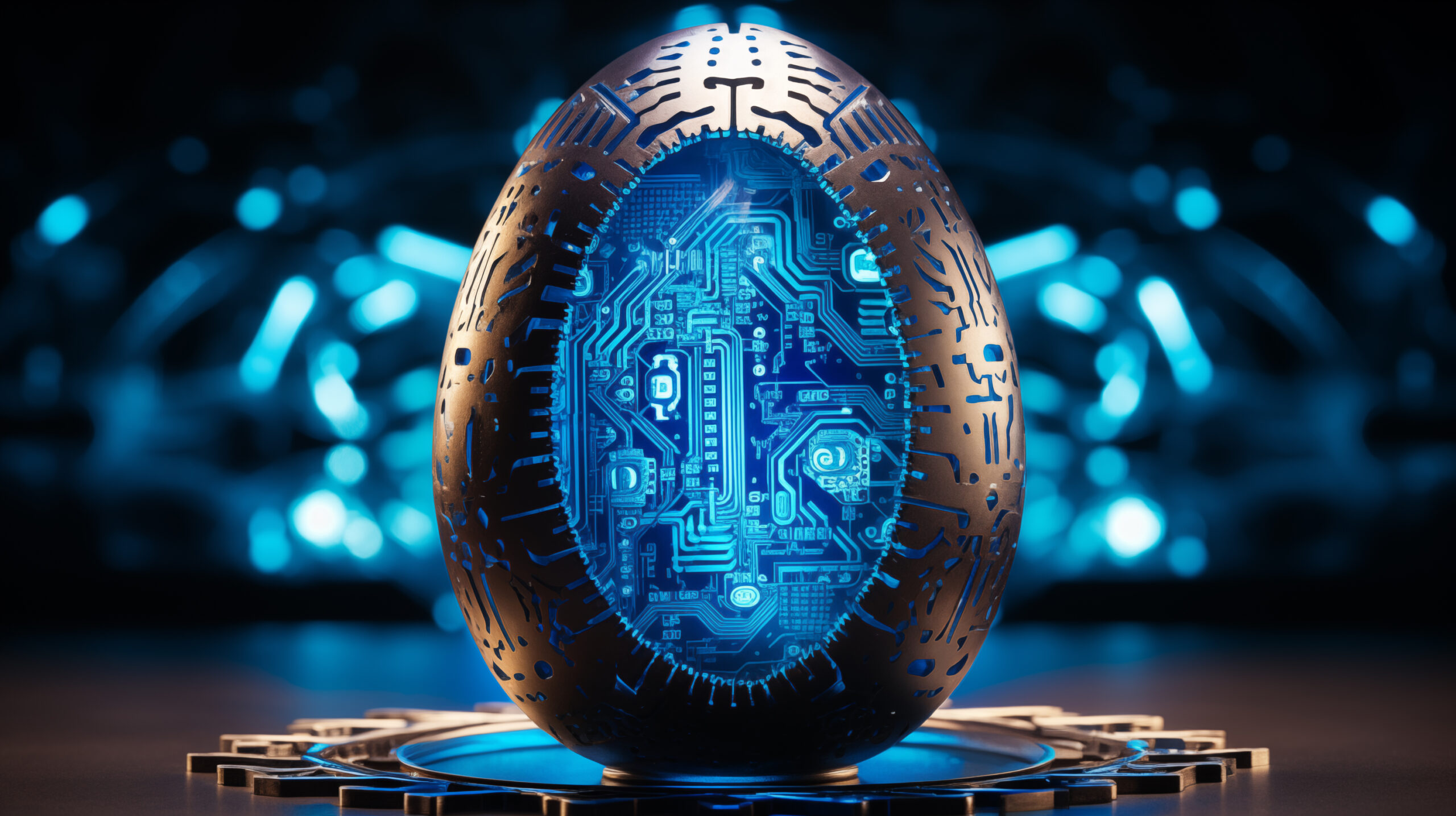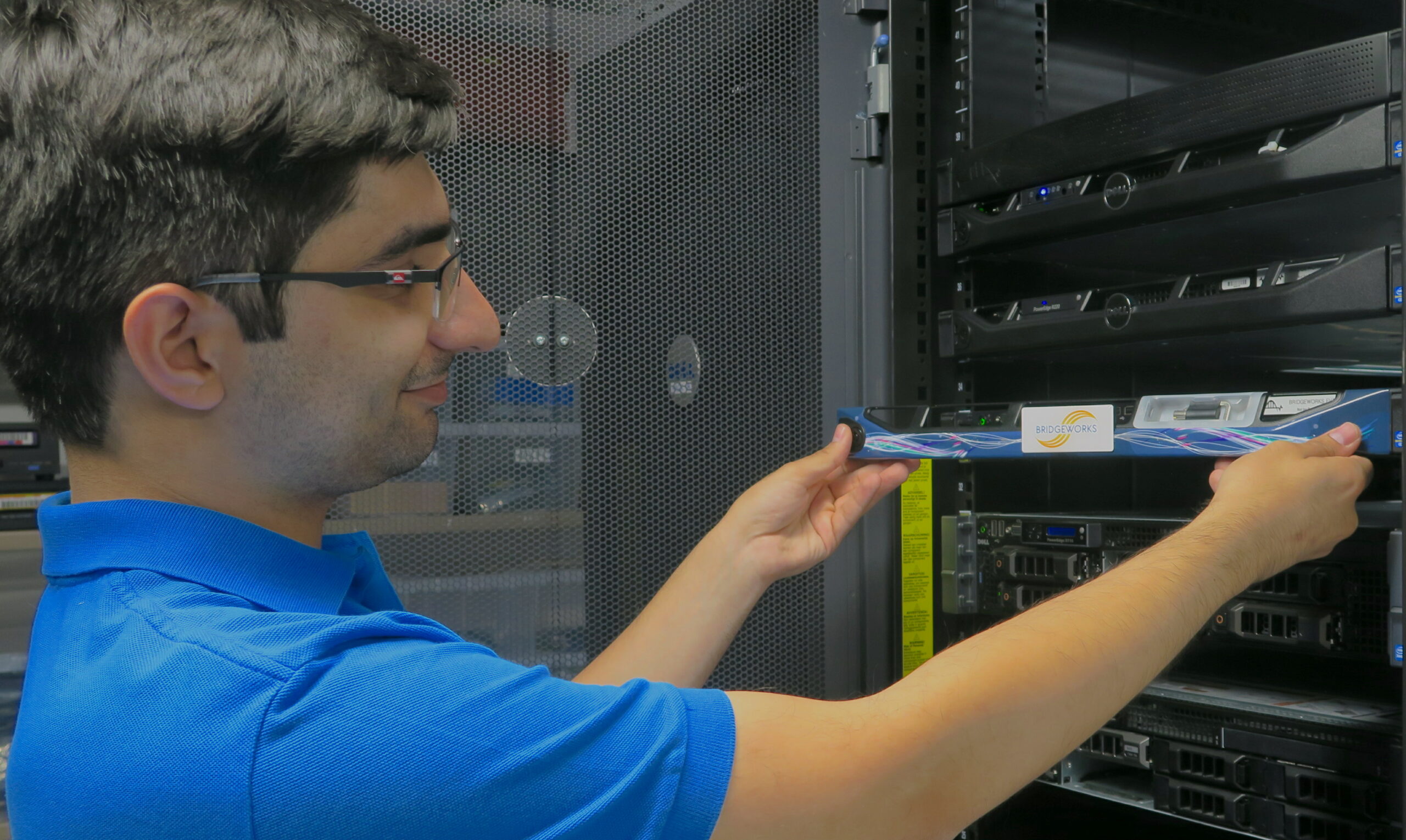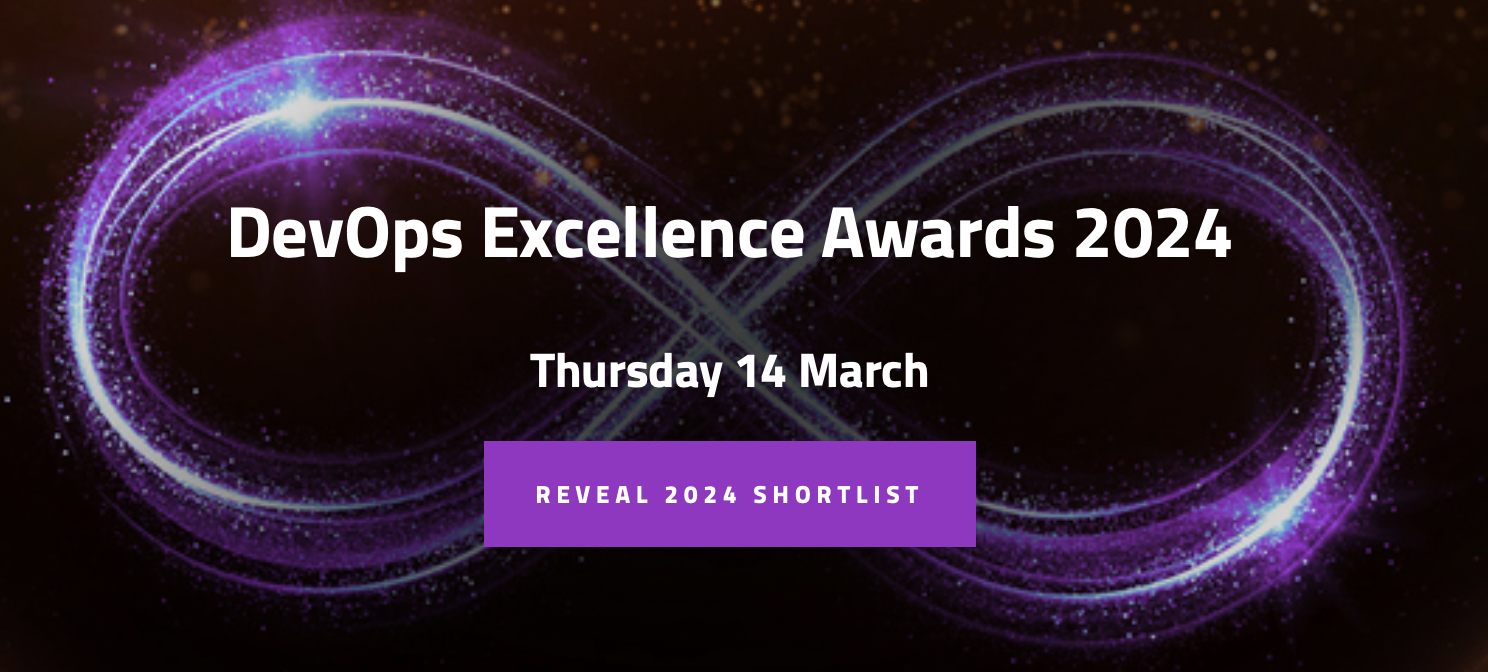Bridgeworks CEO, David Trossell speaks to The Government and Public Sector Journal (GPSJ) about the debate surrounding artificial intelligence and how we should use it best.

July 6, 2023
Let’s face it, change is often held back by fear. The same principle applies to both the public sector and the private sector. People are often the reason why projects advance, don’t go hard or fail. With artificial intelligence – particularly generative AI – there is some fear of what may happen. Movies such as ‘2001: A Space Odyssey’ and The Terminator depict our fear of machines taking over.
Indeed, Elon Musk has recently raised this prospect by calling for a halt in artificial intelligence development for a period of six months. He has called for an open discussion about the ethics of the technology, to consider the impact and the implications this could have on society. There’s nothing wrong with open debate. It’s perhaps needed. However, the march towards an AI world isn’t new. Its development has been going on for years.
So, what’s needed is a fresh look at the benefits of artificial intelligence and its demerits – or dangers. AI is, after all, considered to be the next revolution, and with it there will be the good, the bad, and the ugly uses of it. This isn’t anything new. Since the dawn of time, societies have been shaken by political, social and technological revolutions. In the year 2023, these revolutions continue. AI is but one of them, albeit perhaps more evolutionary than revolutionary in many respects.
Impacting industry, government and society
Artificial intelligence will impact on every corner of society and every sector of industry. The government and public sector aren’t immune to it, and so it needs to be prepared for the technology to force change in how it operates and on how society does, too. Just look back at some of the technologies people take for granted today. That includes the wheels our cars, buses, lorries, trains, military vehicles and aircraft roll on.
At some point, wheels might have seemed like an oddity, but the invention of the humble wheel made the transportation of goods much easier and effective. From a military perspective, wheels changed warfare – from horse-drawn chariots to tanks. Regarding chariots, the Romans put them to great use – allowing them to conquer most of the Mediterranean, France, Germany, England, and so on.
Think about the revolution that Caxton’s printing press had. It killed the monopoly of the church in European countries, allowing for a wider group of people to express their thoughts and opinions. No longer could the church suppress societies, nor hold sway over the population. Without this release, there may not have been any technological and commercial advancement. By freeing up thought, and by taking back control of the written word, innovations could take place, be adopted and spread.
This includes the shift from the agricultural to the industrial revolution. One begot the other due to necessity. With this change, and in the search of more employment and higher wages beyond the fields and medieval feudalism, people moved to the cities. Agriculture had to change in turn by becoming more mechanised, and by adopting new technologies to meet the demand for food in the cities.
Over time, technology to irrigate crops developed. First, people had buckets and then the Archimedes screw. Roman viaducts brought fresh water to cities and the ability to remove waste with the invention of sewers, which allowed there to be larger cities. Pack animals and wagons were needed to supply cities. They were eventually replaced by canals. This lowered the cost of transport, which drove the industrial revolution. Steam engines replaced water wheels, and steam railways replaced canals, and the model T ford replaced the horse. So, it goes on – and more to the point is part of this ongoing evolutionary process, which may often have revolutionary implications.
Back to agriculture. Just as there is a call to regulate artificial intelligence, agriculture also faces challenges. Anyone who’s watched the series Clarkson’s Farm will see that one of those challenges emanates from government regulation and local planners. Some laws and regulations may be necessary. Others could appear to be either Draconian or absurd. So, the government and public sector should be listening to industry and to the people to ensure that policies, laws and regulations are applied in a measured and rational way by considering their impacts dispassionately.
Revolutions often occur during wars. This applies to nuclear power. It can be used for good to power electricity in our homes, or by used adversely to make the human race extinct. This is a prospect people must accept and hope it doesn’t come to fruition. Many other technologies have also been developed at a quickened rate because of wars. They tend to expedite innovation – including the march towards today’s artificial intelligence and digital revolution.
Digital revolution
I remember watching a BBC Horizon programme in the 70s about how the digital revolution was going to change society – pushing people away from the burden of the 40-hour week to massive leisure time. Like the soothsaying about artificial intelligence, the programme predicted mass unemployment in traditional industries. Well, that didn’t happen. A revolution first creates chaos before the population changes. Migrations then occur, and this creates new industries and revolutions.
The same principle applies to the development of artificial intelligence. People and organisations will just need to adapt to thrive. The trouble is that human nature likes stability. A stable environment is comforting, allowing for routine predictability and long-term planning. However, the turnover in electronics, semiconductors and computers systems has created instability. This creates uncertainty in the population – people have the increased pace of innovation leaves parts of the population and even some nations behind. This applies as much to AI as to any other ‘revolution.’
‘Uncertainty in uncertain times’
That is why artificial intelligence is beginning to create uncertainty in uncertain times. It raises questions that even the government and public sector will perhaps need to address, such as: Is AI going to create mass unemployment, and is it going to create an underclass? Digital poverty is something that the public sector has been trying to address by promoting educational courses for those that can’t afford their own PCs or smartphones – noting that there are concerns that cash is likely to wither, as more and more organisations are demanding digital payments.
They raise another spectre for some people who believe that central bank digital currencies will enable governments and central banks to have too much authoritarian control over their daily lives and purchases. Others dispute these claims, and they cite that CBDCs could reduce incidents of financial fraud. Yet, this fear is also enticing some people to embrace blockchain and cryptocurrency technology as a means of removing any such control from central banks. Each revolution often has a counter-revolution. The development of AI is no different.
Artificial intelligence is fast
That said, AI is fast. However, it is not necessarily accurate. Yes, it’s back to the case of garbage in, garbage out. Much depends on the learning material, the data that machine learning uses. It is easy to create a bias against people of certain types or against folk within certain financial positions without having a complete understanding or care of why certain types of behaviour or trends are occurring. This means that AI has no soul, no morals nor even no original thought or imagination. My experience with chatbots leads me to think we still have a way to go for mainstream AI.
However, not everything about AI is about the bad and the ugly. Artificial intelligence brings with it some significant benefits, as with any other technology. In healthcare, AI is being used for cancer detection, drug scanning and formulation. Generative AI, such as ChatGPT, is being used for software code generation and bug finding. Then you have machine learning and artificial intelligence being used for Earth climate predictions, and a whole range of other opportunities.
Automation, decisioning and intelligence
Artificial intelligence can be used to automate processes and to improve decision.. Rainbird AI is one such organisations that does this, and its technologies can be used in the government and public sectors. It uses AI and machine learning in its decision intelligence solutions. The company says organisations can “automate high-quality decisions based on real-time customer data. Your customers can now experience minimal waiting times, high-quality recommendations and intuitive customer support.” This can be applied to the government and public sector as much as it can to the private sector. For the latter, it will be used to differentiate the quality of customer service.
Alan Holden, Ben Szuhaj, Joe Mariani, and Tasha Austin write for Deloitte’s Perspectives, ‘Designing for the Public Sector with Generative’. They add: “With a few rules of design, government leaders can harness new generative AI tools to help design the innovations of the future.” They argue that “forward-thinking government leaders should begin considering how generative design could transform their operations, increase innovation and deliver real value to the public.”
“Potential applications of generative design in the public sector include facility design, urban planning, policy creation, customer experience, learning and development and reducing carbon emissions.” As well as claims that generative AI will transform the public sector and make it more efficient, there is much talk about how artificial intelligence and machine learning can be used to improve cloud management and cloud automation.
Improving data flow
Then there is WAN Acceleration, which uses artificial intelligence, machine learning and data parallelisation to mitigate the effects of latency and packet loss, while improving bandwidth utilisation. It enables organisations, such as the National Institutes of Health (NIH) in the US, as well as other public and private organisations to backup, send and receive voluminous amounts of encrypted data over large distances. Even technology, such as SD-WANs, can benefit from having a WAN Acceleration overlay – vastly improving their performance.
Bridgeworks has used artificial intelligence, machine learning and data parallelisation over the last 12 years in its WAN acceleration products. With WAN Acceleration, organisations can emulate a highly skilled network engineer to constantly tune the way data is fed onto a WAN to maximise the throughput every millisecond. So, should we fear AI? Not if it is used in the right way, and for the right reason. Like any other technology, it can be destructive in the wrong hands. Still, AI is the next revolution that’s been evolving for some time, and it requires us to take the good over the bad.
Click here to read the article on The Government Public Sector Journal (GPSJ)




